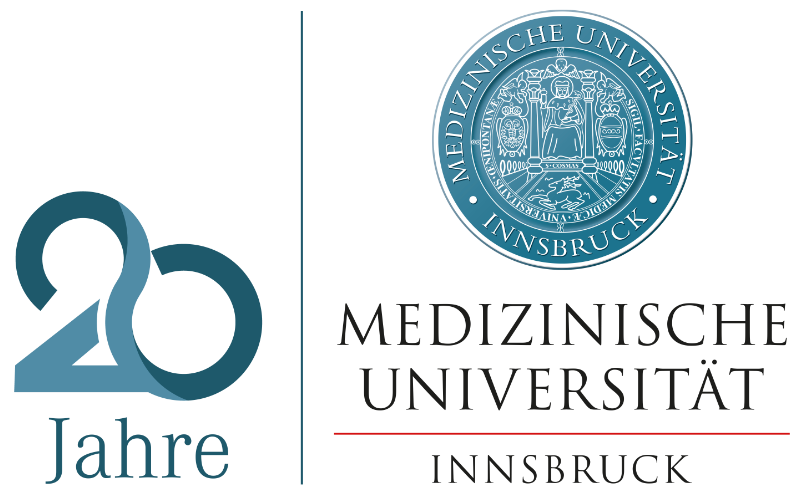Research on Structural Biology and Mechanisms of the Neurofibromatosis Type 1 Protein, Klaus Scheffzek,Division of Biological Chemistry, Biocenter, Medical University of Innsbruck
We aim at understanding the disease mechanism of neurofibromatosis type-1 (NF1), a genetic disease with relatively high incidence. NF1 patients have increased tumour risk, show a variety of developmental defects and frequently have learning disabilities. The tumour suppressor gene NF1 encodes the giant protein neurofibromin (320 kDa) and is not functional in NF1 patients due to gene alterations. Our long term vision is to define the functional spectrum of neurofibromin in as much detail as possible. Our research activities currently include the structure determination of full length neurofibromin (FWF-grant: P28975) as well as the definition of its interaction partners (collaborations Frank Mc Cormick, UCSF, Lukas A. Huber, Innsbruck). In addition, we explore the mechanism of neurofibromin-mediated repression of MHCII protein expression (collaboration with Andreas von Deimling, Heidelberg). In addition we investigate the interactions between components cellular complexes important in lysosomal function.
We continue expanding our biophysical instrument platform by implementing a multi angle light scattering (MALS) system for accurate determination of molecular weights and levels of microheterogeneity of multicomponent complexes




